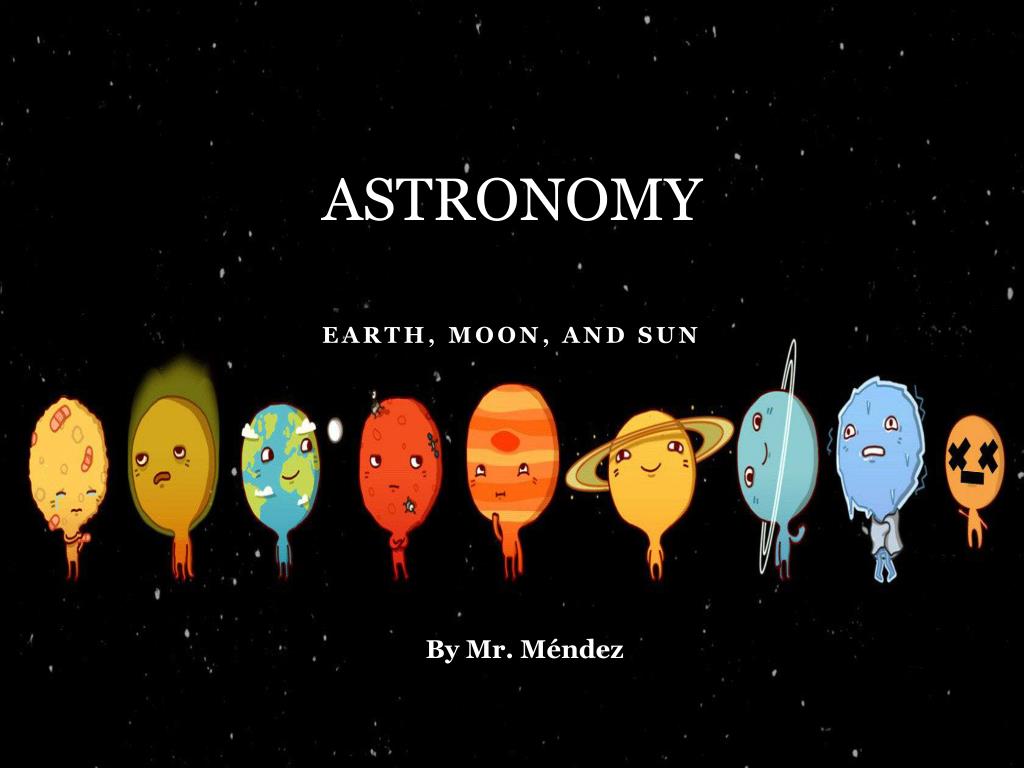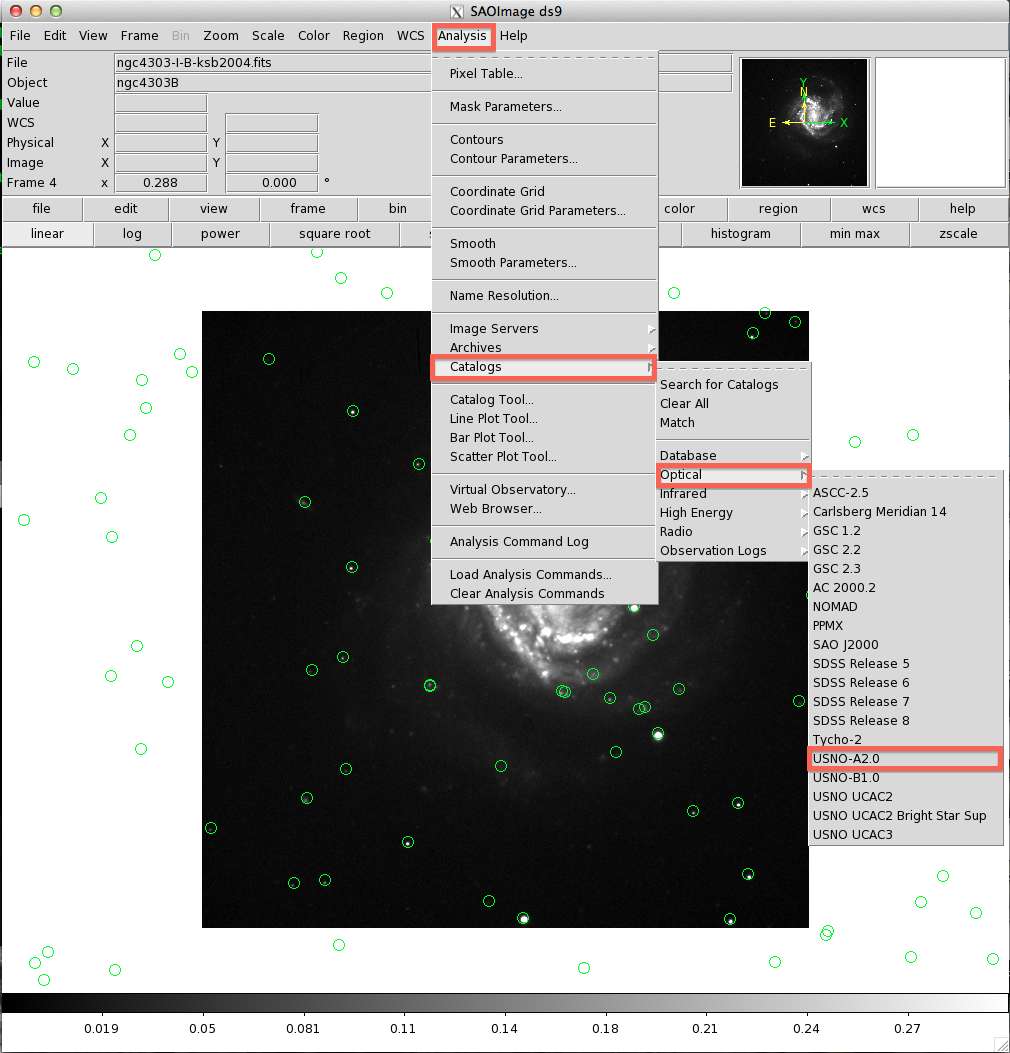
In 1609 Galileo Galilei had the idea to use it to observe the sky. A revolution in the field took place when the telescope was invented and used for astronomical observations ( Chapman, 1990). Hevelius catalog was built about a century later, but it was still of comparable quality. In 1598, due to the substantial advance in the technical possibilities, Tycho Brahe was able to measure positions with uncertainties of about 2 arcmin ( Høg, 2017). Over the centuries, Catalogs with improved accuracy were published. A recent comparison with modern measurements from the Hipparcos satellite shows that both catalogs had an accuracy of the order of 22–30 arcmin ( Verbunt and van Gent, 2012). In 1437, the Ulugh Beg Catalog was completed with a thirty-six meter radius marble sextant in Samarkand and included slightly less than 1,000 stars. However, the original catalog of Hipparchus did not survive the centuries and most of what is known today originates from the Arabic translators of Ptolemy's 2nd-century Almagest (“The Greatest”) which has adopted the entire star catalog of Hipparchus. It remained the reference for a thousand of years. One of the first and most famous Catalog of visible stars was compiled by Hipparchus in the 2nd Century BC, and listed no more than 1,000 stars. In ancient times, and until about a century ago, astronomers were essentially astrometrists, measuring the effemerides of the stars. It had also several practical applications, such as calendars, navigation, and agriculture. Since the beginning of the human history, measuring the positions of the celestial objects was of fundamental importance to understand the structure of the visible sky. The description of the celestial sphere is probably one of the oldest fields of scientific investigation. We summarize the future directions in space astrometry that are proposed or under investigation by the scientific community, their main challenges and the expected outcome.Īstrometry is concerned with the measurements of the positions and motions of celestial objects, going from planets and other Solar system objects, through stars within our Galaxy, to, at least in principle, to galaxies and clusters of galaxies within the Universe. While both options have the potential to bring us in a new era of discovery, they have to face enormous issues. The next big advance in space astrometry would be either to improve the astrometric accuracy of one order of magnitude, or to move to a different wavelength domain. We briefly outline the properties of Gaia first and second data release, and the accuracies expected end-of-mission. ESA space missions Hipparcos first and then Gaia point out the outstanding contribution that space astrometry can provide to our knowledge in many fields of astrophysics, going from the Milky Way formation and evolution, to stellar astrophysics, extra-galactic astrophysics, and fundamental physics. Nowadays a major breakthrough is on the way due to astrometric sky surveys from space. Over the centuries astrometry has greatly contributed to the advance of the knowledge of the Universe.

This contribution focuses on the importance of astrometry and on its future developments.

Astronomical Observatory of Padova, National Institute for Astrophysics (INAF), Padova, Italy.


 0 kommentar(er)
0 kommentar(er)
